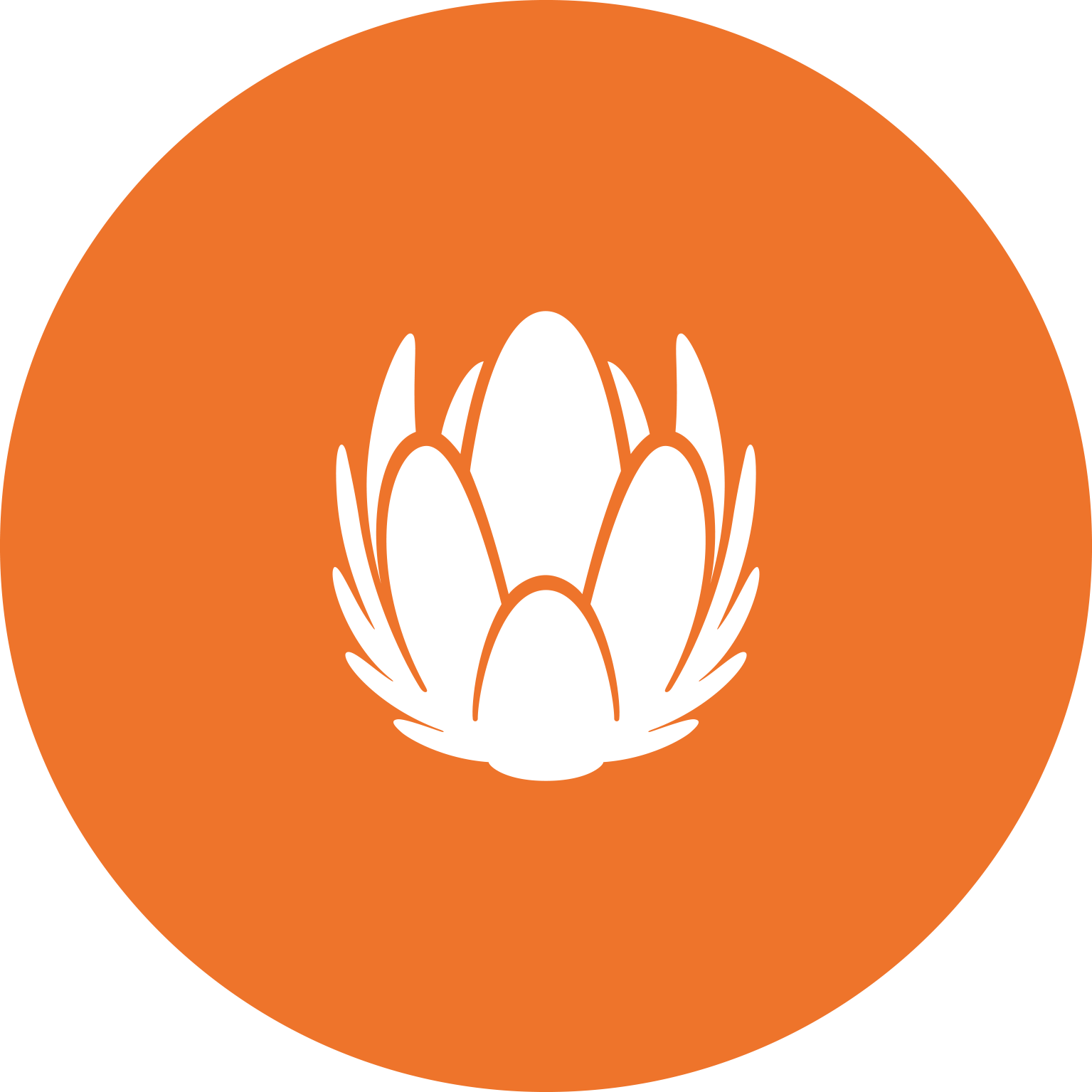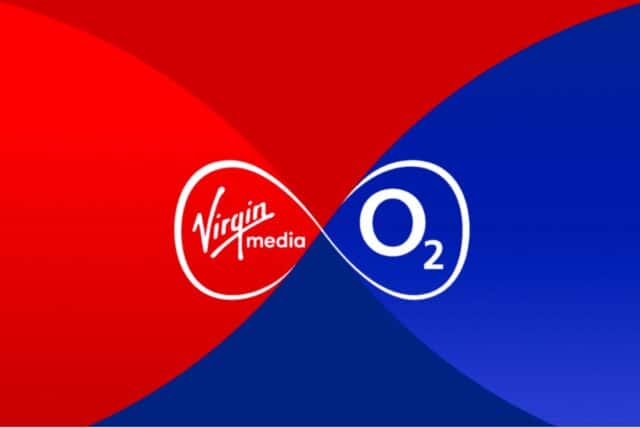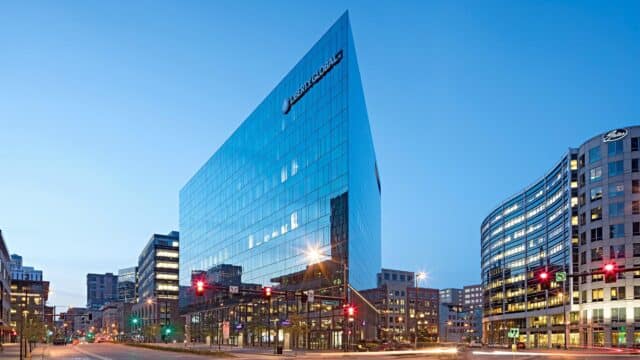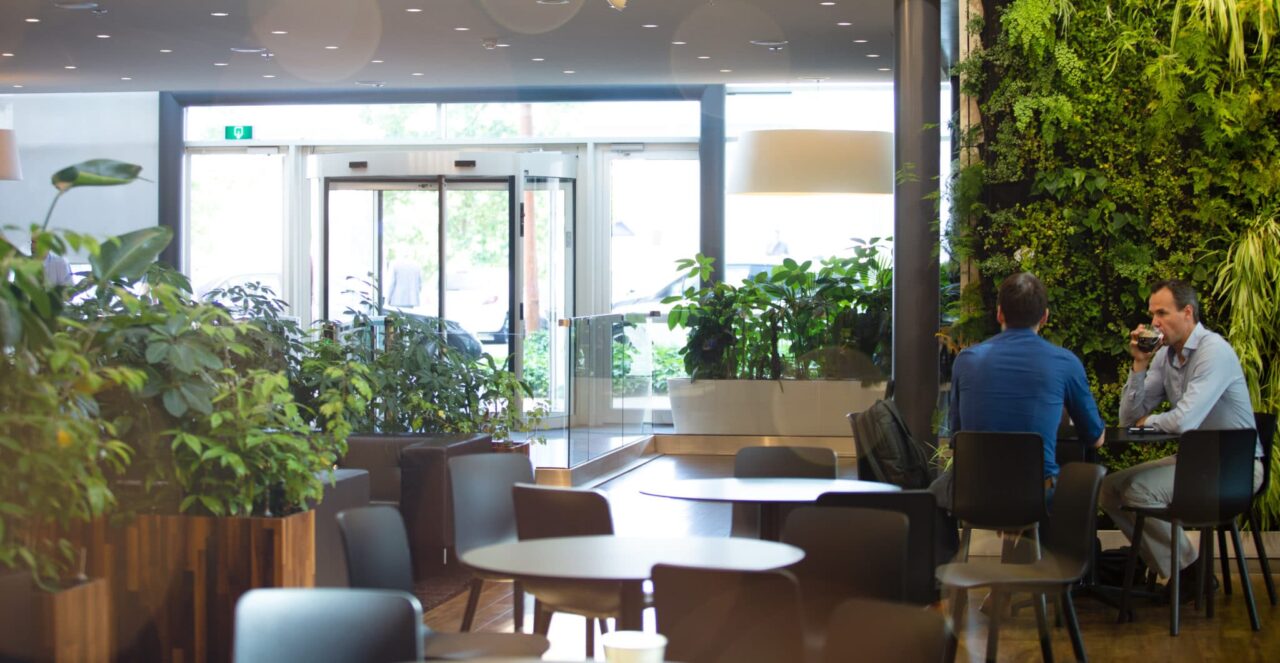Nokia and Liberty Global have announced a partnership in which Liberty Global’s Belgian subsidiary Telenet utilizes Nokia’s Network as Code platform with developer portal to enhance the operational efficiency and services offered at the Port of Antwerp, one of the world’s largest.
To support the creation of new network use cases for the port, developers use Application Programming Interfaces (APIs) and Software Development Kits (SDKs) – accessed via Nokia’s Network as Code Platform with developer portal – to obtain network functionality and data. This access enables developers to build new applications for use cases that they can sell to their own customers.
In a recent trial at the port, the two companies demonstrated how Liberty Global via Telenet’s 5G standalone network with slicing capabilities can allow remotely-located captains to operate vessels more safely and efficiently, supported by real-time data made available through ultra-low latency network capabilities and zero-touch automation.
The trial – which represents a part of Liberty Global’s Network-as-a-Service program (NaaS) – was conducted with Belgian partners Seafar NV, a shipping entity, and imec, a research and innovation hub for nanoelectronics and digital technologies. The trial used Nokia’s Network as Code Platform with developer portal, in combination with imec’s edge application middleware that bridges the gap between the vessel’s real-time requirements and the 5G network. These were integrated into Seafar’s Shore Control Center to address its need for reliable, high-quality, low-latency connectivity, which existing commercial networks do not provide.
Dynamic geofences using high-definition cameras and sensors onboard vessels, combined with AI and machine learning algorithms, were deployed by IMEC to identify areas where situational awareness is most crucial. As vessels approached areas that require increased situational awareness, network capacity was automatically prioritized to guarantee high-quality live video feeds. This allowed Seafar’s captains to manoeuvre vessels through these areas safely, without having to slow down or wait unproductively during loading and unloading, improving efficiency and reducing fuel consumption. It also enabled them to work across multiple vessels at the same time.
The partnership represents a real-life implementation of the Open Gateway initiative, launched last year by the GSMA, which calls on the industry to standardise APIs for developers to speed up innovation.
The use of NaaS technology helps create an ecosystem which integrates standardised CAMARA APIs on imec’s applications. This allows an effective and reliable use of network resources, which are available on demand, while also avoiding the need to deploy a dedicated and expensive mobile communication infrastructure. By leveraging a 5G standalone network built in the cloud, customers only pay for what they need, while also benefiting from a granular level of control offering maximum flexibility.
Shkumbin Hamiti, Head of Network Monetization Platform, Cloud and Network Services at Nokia, said: “I am very pleased that Nokia is expanding the possibilities of bringing simplified network capabilities to developers at the Port of Antwerp that can be translated into new applications for their customers. We look forward to expanding our collaboration with Liberty Global and delivering on our strategic commitment to leverage the broader B2B digitalization ecosystem at the port.”
Madalina Suceveanu, Managing Director Mobile & Cloud Technologies, at Liberty Global, said: “This multi-faceted trial simultaneously leverages the power of 5G standalone, cloud, edge computing and AI-driven computer vision applications. 5G-era networks are rich in capabilities that can now drive improvements to customer experiences for both enterprises and consumers in ways that were simply not possible just a few years ago. The framework we have developed in partnership with Nokia will give us the opportunity to access a large untapped market here, plus realize the development of even more use cases in many other sectors beyond shipping.”






